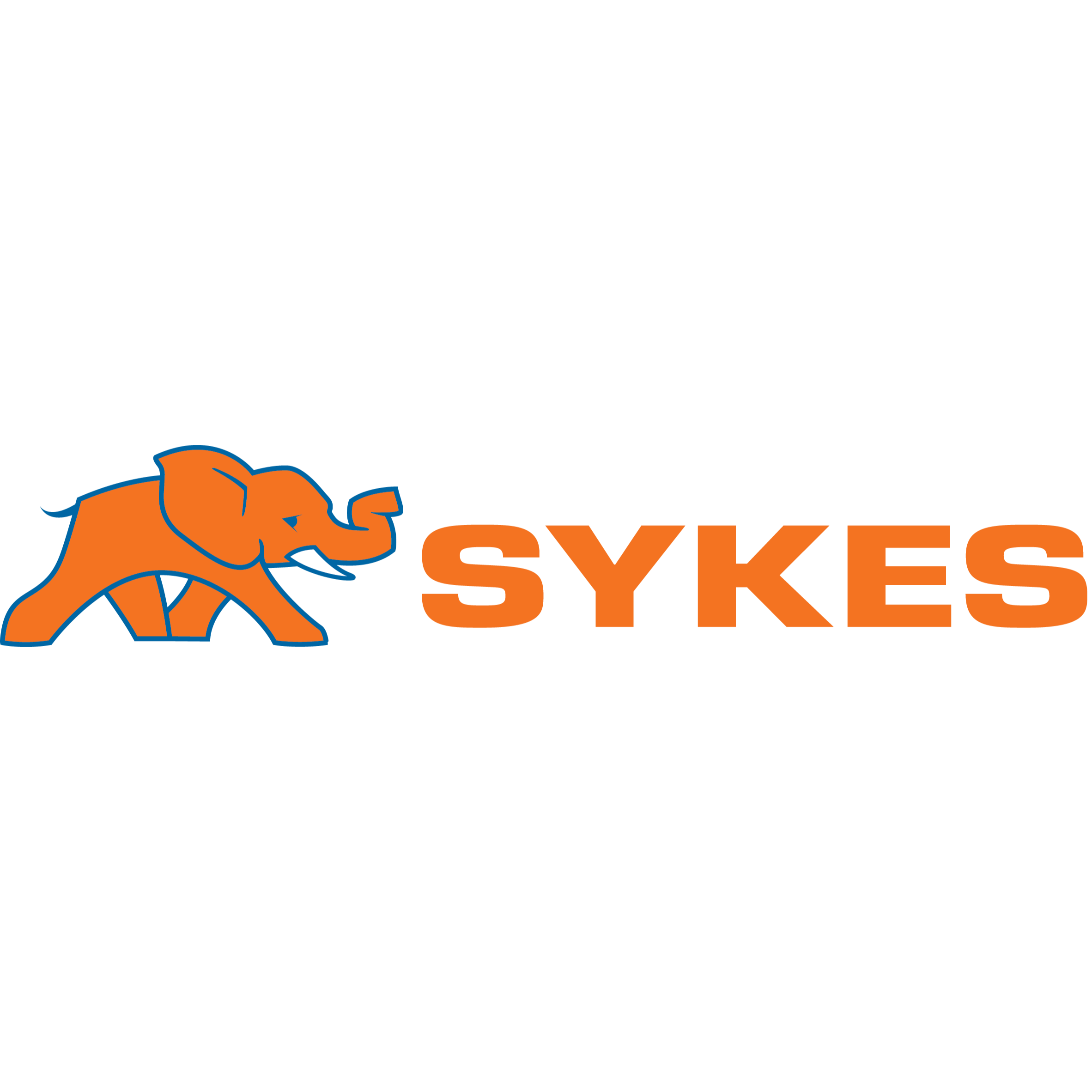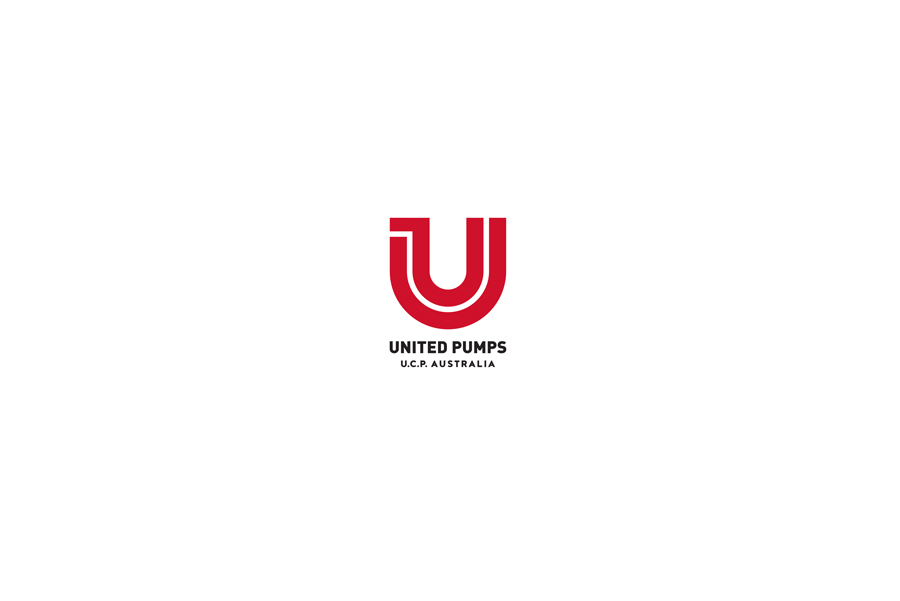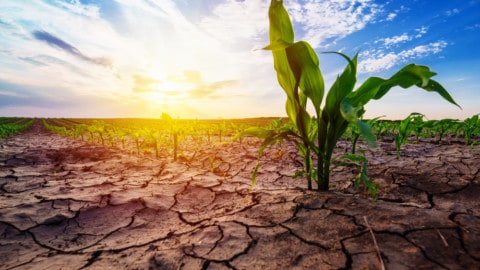Initial construction preparation work on the Central Plains Irrigation scheme, located on the South Island of New Zealand, will soon commence following the appointment of Fulton Hogan/John Holland JV and Downer Group as the lead contractors for the $140 million Stage I programme.
Fulton Hogan/John Holland JV will undertake the construction of the headrace canal and bridges and Downers the pipe distribution network.
At a special general meeting, CPWL shareholders gave an overwhelming endorsement to proceed with the construction of the scheme.
Derek Crombie, CEO of Central Plains Water, said that the first six weeks will involve site preparation and establishment, and by late April heavy machinery will have commenced construction on the massive project.
“The CPW scheme is a game changer for agriculture and improvement of the environment in Central Canterbury and the start of a new economy for the province. To achieve our goal of having water available for all shareholders in the 20,000ha Stage I area we have to hit the ground running, and running very fast, with a monthly expenditure around $10 million
“In that respect we are very fortunate in that our two appointed contractors have recently completed similar-type projects in the area. Fulton Hogan has just completed work on the Tekapo canals in the Mackenzie Basin, and Downers have been working on the Valetta Irrigation scheme in Mid Canterbury where they have upgraded the irrigation reticulation network from the existing open channel system to a piped network.
“In fact, in less that two months time we should be well on our way to having over 150 people working on a number of sites throughout the Stage I area,” he said.
Stage I will include:
- Building the 17km-long headrace canal and 130km-long pipe distribution network. From edge to edge, including side roads, the canal will be around 40m wide.
- For the headrace and canal, moving 1.9 million cubic metresof earth, which includes 377,000m3 of topsoil, the equivalent of removing the topsoil from 125 hectares. The contractors also need to install 550,000square metres (55 hectares) of HDPE liner to prevent leakage from the canal.
- Building 13 bridges each spanning approximately 25m (10 on-farm bridges and 3 public road bridges).
“And this does not take into consideration the enormous amount of work that is going on behind the scenes. Our final land access discussions are taking place with landowners, and we are continuing to gather shareholder data in relation to nutrient management, irrigation use, and fertiliser application etc to assist us in building an accurate database of information as part of our submissions to the Land and Water Regional Plan hearings later in the year.”
CPWL is also under way with the design and construction planning for Stages 2 and 3 of the scheme.
“We are very mindful that a project of this magnitude, that will grow so quickly, will have a noticeable impact on the Hororata/ Dunsandel area so we will be undertaking a series of stakeholder engagement initiatives to ensure that everyone including landowners, shareholders, residents in the small towns, contractors and others involved in the construction are all aware of the scheme activities.
“Safety is our top priority, and we are just not talking about safety on-site. It’s also safety on the road as there will be a sharp increase in the amount of traffic in what are normally sedate country roads,” he said.
About the scheme:
The Central Plains Water Enhancement Scheme is a community irrigation scheme which will provide water to an irrigable area of 60,000Ha within a command area of over 100,000Ha of the Canterbury Plains between the Southern Alps to the west, State Highway I and the Waimakariri and Rakaia Rivers.
The scheme, which will be built in stages, will utilise run-of-river water from both the Rakaia and Waimakariri rivers supported by stored water from Lake Coleridge.
With a current estimated construction cost of $500 million (excluding on-farm costs), the Central Plains Water Scheme is a significant construction project for the South Island.
The Waimakariri and Rakaia Rivers will be linked via a 56km headrace canal running around the foothills and water from the canal will be distributed by gravity feed throughout the 60,000Ha by over 500kms of underground piping. Water within the canal will be about 4m deep and approximately 25m wide at the surface.















